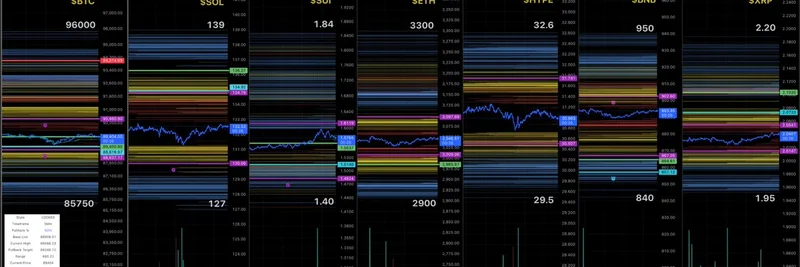Crypto Twitter never sleeps, and sometimes it digs up old skeletons that still rattle the chains of blockchain security. Recently, a tweet from @NickPlaysCrypto brought back attention to a notorious bug in Zcash's history—one that could theoretically flood the market with infinite counterfeit coins, all hidden in the shadows of privacy tech. As someone who's navigated the wild waters of crypto journalism, I find this story fascinating, especially for meme token fans who often chase hype without peeking under the hood.
Let's break it down simply. Zcash (ZEC) is a cryptocurrency that's all about privacy. Unlike Bitcoin, where every transaction is public on the blockchain, Zcash uses something called shielded transactions. These rely on zero-knowledge proofs—fancy math that lets you prove something is true without revealing the details. Think of it like showing your ID at a bar without the bouncer seeing your address or birthday. The tech behind this is zk-SNARKs, which stands for Zero-Knowledge Succinct Non-Interactive Argument of Knowledge. It's powerful, but as with any complex system, bugs can creep in.
Back in 2018, Zcash developers discovered a critical flaw in the zk-SNARKs protocol. This bug, rooted in the original cryptography paper, could allow someone to create fake shielded notes—essentially counterfeit Zcash—without anyone noticing. And because of the privacy design, there's no way to audit the shielded pool to check if this happened before the fix. We're talking potentially trillions of extra ZEC floating around in secret wallets, undetectable by design. The team patched it quietly in the Sapling upgrade in October 2018, and to this day, there's no evidence it was exploited. But the uncertainty? That's the real thriller.
The tweet quotes an older post from @ShaulKfir, highlighting the nightmare scenario: bugs get fixed, but exploitation remains a black box. Nick's post sums it up with a casual "lol," but the implications are no joke. In a world where trust is everything in crypto, this kind of vulnerability underscores why privacy coins like Zcash walk a tightrope between anonymity and accountability.
Now, why should meme token insiders care? Meme coins thrive on community, virality, and often, questionable tokenomics. While most memes run on transparent chains like Ethereum or Solana, where you can scan contracts for rugs or honeypots, imagine a meme token with privacy features. Sounds cool for dodging taxes or whatever, but it could hide massive inflation or insider dumps. We've seen rugs in plain sight—think Squid Game token's exit scam—but privacy amps up the risk. If a dev exploits a bug to mint extras in the dark, good luck proving it.
This Zcash saga is a wake-up call for anyone launching or investing in meme tokens. Always demand audits from reputable firms like Certik or PeckShield. Check for transparent supply mechanics—no hidden mint functions. And for privacy-leaning projects, weigh the cool factor against the trust deficit. Tools like Etherscan or Solana Explorer are your friends for verifying claims.
In the end, crypto's beauty is its openness, but stories like this remind us that shadows can hide monsters. Stay vigilant, meme warriors—your next moonshot shouldn't come with an invisible asteroid field. If you're diving deeper into meme token security, check out our knowledge base at meme-insider.com for more tips on spotting solid projects.

